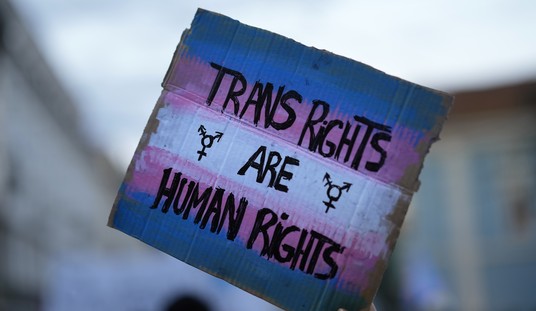The College Board, the non-profit organization that administers the SAT, is assigning an “adversity score” to students who take the test, and communicating that score to colleges where the students apply without their knowledge, according to a report by the Wall Street Journal. The plan was beta-tested with 50 universities last year and is being rolled out to an additional 150 this fall.
The adversity score is calculated “using 15 factors including the crime rate and poverty levels from the student’s high school and neighborhood,” and is designed to “capture their social and economic background.”
CBS News has additional details about the three categories that influence the score, neighborhood environment, family environment, and high school environment:
Each of the three categories has five sub-indicators that are indexed in calculating each student’s adversity score. Neighborhood environment will take into account crime rate, poverty rate, housing values and vacancy rate. Family environment will assess what the median income is of where the student’s family is from; whether the student is from a single parent household; the educational level of the parents; and whether English is a second language. High school environment will look at factors such as curriculum rigor, free-lunch rate and AP class opportunities. Together these factors will calculate an individual’s adversity score on a scale of one to 100.
A score of 50 is considered “average,” above 50 shows “hardship,” and below 50 is “privilege.”
The SAT, like many aspects of college admissions, has faced accusations in recent years of being discriminatory along racial and socioeconomic lines.
A main part of the accusations from the recent “Varsity Blues” college admissions scandal related to wealthy parents allegedly bribing test proctors to allow their children more time on the SAT, or to correct their answers and get them a higher score, but even without outright fraud, it’s long been common practice for middle- and upper-class American families to enroll high school students in SAT prep classes, sometimes even hire tutors for them — not to mention the ongoing frequency of doctors and psychologists certifying students as having learning disabilities in order to be allowed more time to take tests.
Access to such assistance with test preparation and the knowledge and ability to navigate the bureaucratic approvals needed to have a student certified with a learning disability is obviously easier for families with better financial resources, but the College Board’s actions here are unneeded and seem likely to create more problems than solve them.
The College Board’s lack of transparency regarding the adversity scores is perhaps the biggest problem. Students do not get to see the adversity score they’re given, so there is no way to review its accuracy or challenge it if it is incorrect. Considering the highly competitive nature of college admissions, if this score is going to be used to make admissions decisions as colleges sort thousands of applications into admit, deny, and wait-list piles, students deserve to be told how they are scored.
Additionally, college admissions offices already have the tools to gather a socioeconomically diverse student body, because this information has long been part of college applications, with students and their high schools submitting the information directly. Demographic information about a student’s high school and neighborhood are just as easily available to the colleges, and there is no need for the College Board to be collecting personal private information about student’s home and family life.
Several states, including Florida and Texas, have implemented programs to ensure access to their state university systems to residents of their states from all socioeconomic backgrounds.
Former Florida Gov. Jeb Bush drew controversy when he abolished the use of affirmative action in admissions to the Florida State University System, directed additional funding for financial aid, and guaranteed that the top twenty percent of graduates from every Florida high school would be admitted to one of the state’s public community colleges or four-year universities.
After implementation, the number of Hispanic and African-American students attending Florida’s public universities increased, and — the more crucially important figure — the number of Hispanic and African-American students who graduated also increased. Simply getting a student into college without financial and academic support, only for them to drop out with a sizable debt but no degree, can leave them worse off than if they had never attended.
Texas has a similar program as Florida, the “Top 10% Rule,” passed into law in 1997 by the Texas Legislature and signed by then Texas Gov. George W. Bush, which guarantees admission to all state-funded universities to the top ten percent of each high school graduating class.
Programs like these help create a student body that is geographically diverse coming from high schools across the state, provides an additional benefit to the state residents whose tax dollars fund the state universities, and contribute to racial and socioeconomic diversity without using unconstitutional quotas or other affirmative action scoring systems. The College Board would be better off encouraging the adoption of programs like Florida and Texas rather than calculating secret scores.
For further discussion on this topic, read Kira Davis’ post: Kira Davis: New SAT ‘Adversity Scoring’ Will Only Create More Adversity.
Read my RedState article archive here.
Follow Sarah Rumpf on Twitter: @rumpfshaker.













Join the conversation as a VIP Member